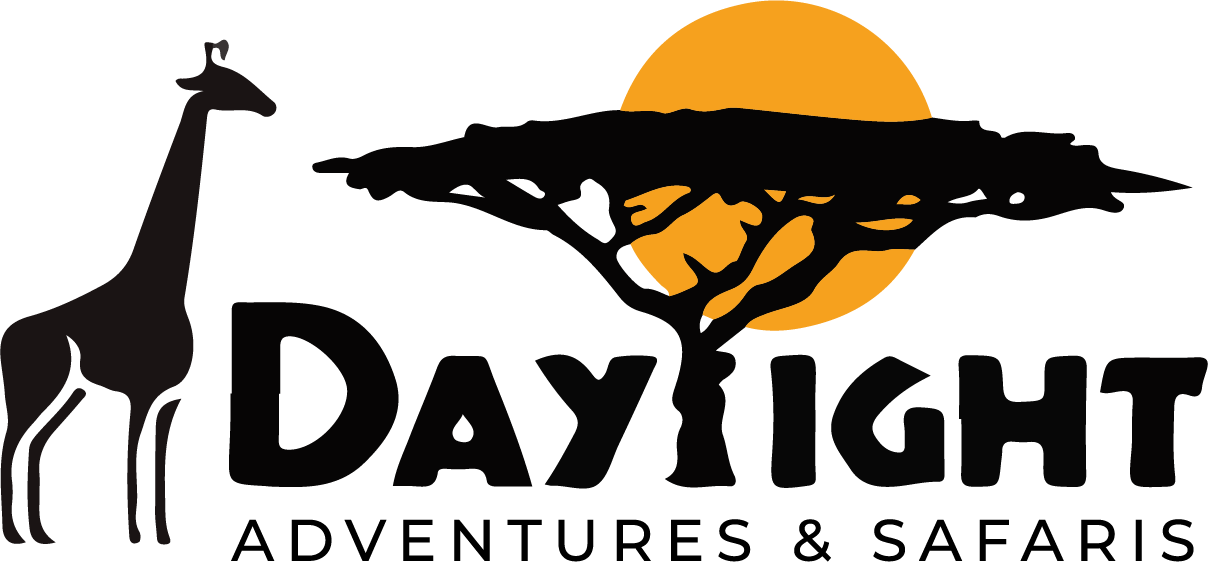Maasai Mara National Reserve
DestinatiON DETAILS
About Maasai Mara National Reserve
The Maasai Mara National Reserve, situated on the western border of Kenya with Tanzania, stands as a testament to the raw beauty and rich biodiversity of the African savanna. Spanning approximately 580 square miles, this reserve has a storied history dating back to its establishment in 1961. Initially just 200 square miles in size, it has since evolved into one of Kenya’s most expansive and renowned wildlife sanctuaries.
What sets the Maasai Mara apart is not only its vastness but also its unique coexistence between humans and wildlife. In the 1970s, it was designated as a National Reserve, with a portion of its land returned to the local Maasai community. This symbiotic relationship between people and wildlife adds a cultural depth to the reserve, enriching the safari experience for visitors.
Accessing the Maasai Mara is relatively convenient, whether by road or air. Located about 260 miles from Nairobi, a six-hour drive via the A104 road brings travelers to the reserve’s four main gates: Talek, Sekenani, Musiara, and Oloolol. Alternatively, a short 54-minute flight from Nairobi’s Wilson Airport offers a swift aerial perspective of the landscape before landing in the heart of the reserve.
The reserve’s climate provides favorable conditions for wildlife viewing year-round. While the winter months of June to August offer dry and cooler weather, temperatures averaging around 75 to 80°F, the reserve sees sunshine throughout the year. Rainfall occurs during two distinct seasons, with short rains in November and December, and long rains in April to early May.
To make the most of a visit to the Maasai Mara while avoiding crowds, travelers may consider timing their safari during the quieter months of May, early June, September, and October. These periods offer exceptional game viewing opportunities without the congestion of peak season. Bird enthusiasts may find January and February particularly rewarding, just after the short rains, and just before the onset of the long rains in March.
The Maasai Mara’s diverse accommodations cater to a range of preferences and budgets, ensuring that visitors can find value in their safari experience. From larger family-friendly lodges to intimate luxury tented camps, there’s something to suit every taste.
The real highlight of any visit to the Maasai Mara is its extraordinary wildlife. Home to the iconic “Big Five” and hosting the spectacular wildebeest migration around July each year, the reserve teems with a myriad of plains game and predators. Open 4×4 safari vehicles offer the quintessential safari experience, allowing visitors to traverse the vast grasslands in search of wildlife encounters.
For those seeking a deeper cultural immersion, guided visits to Maasai villages provide insight into the traditional lifestyle of the indigenous communities. Additionally, hot air balloon rides offer a breathtaking perspective of the reserve’s sprawling landscapes and inhabitants, making for an unforgettable experience.
In essence, the Maasai Mara National Reserve is not just a destination for wildlife enthusiasts; it’s a sanctuary where nature and culture converge, offering an enriching safari experience unlike any other.


The best time to visit Maasai Mara National Reserve is during May, June, September, and October to enjoy exceptional wildlife viewing while avoiding peak crowds.
Home of
The epic Great Migration
Peak Time
Jul - Oct
Famous For
Large Quantity of Wildlife & Exceptional Safaris
Best Time to Visit
Jul - Sep
Related Safaris

3-Day Best of Masai Mara - Naivasha Hell's Gate Safari
Can be Customized
Suitable for Both Single Travelers and Groups of Any Size

4-Day Best of Kenya- Nakuru & Masai Mara Safari
Can be Customized
Suitable for Both Single Travelers and Groups of Any Size

4-Day Explore Masai Mara & Lake Nakuru
Can be Customized
Suitable for Both Single Travelers and Groups of Any Size
FAQs
When is the ideal time to embark on a safari to Masai Mara National Reserve?
For the best experience with Daylight Adventures & Safaris, plan your visit during the dry, winter months from June to August. This season offers superb game viewing opportunities due to the low grass, and it’s also the time to witness the spectacular Great Migration.
What is the typical cost of a safari organized by Tour Compant Adventures & Safaris in Masai Mara National Reserve?
Expect safari prices to range from approximately USD400 to over USD1000 per person sharing, depending on the accommodation type and level of luxury desired.
How can I reach Masai Mara National Reserve?
You can reach Masai Mara National Reserve either by a scenic six-hour road journey from Nairobi or a convenient one-hour flight from Nairobi’s Wilson Airport. The reserve has multiple entry gates and airstrips for easy access.
What sets Masai Mara National Reserve apart?
Masai Mara National Reserve is distinguished by its incredible diversity of wildlife and bird species, including the renowned “Big Five.” Witnessing the Great Migration and experiencing the local Maasai culture are additional highlights.
Which animals can tourists expect to encounter in Masai Mara National Reserve?
Visitors can anticipate sightings of the “Big Five” (lion, leopard, elephant, rhino, and buffalo), as well as numerous plains game and fascinating nocturnal creatures like porcupines and civet cats.
Is it necessary to make advance reservations for a safari in Masai Mara National Reserve?
Yes, it’s advisable to book your safari experience well in advance, as reservations may be required up to 12 to 18 months beforehand due to the popularity of the destination.
What is the recommended way to explore Masai Mara National Reserve?
Explore Masai Mara National Reserve through open or enclosed 4×4 safari vehicles with pop-up roofs. Safaris are typically conducted in the early morning and late afternoon, providing optimal wildlife viewing opportunities. Additionally, taking a hot air balloon ride over the Mara offers a breathtaking aerial perspective of the landscape and wildlife.
A frequently asked question surrounding your service
Why is Masai Mara so expensive?
Its remote location, high demand, and providing an exceptional safari experience make it a premium priced destination.
How much does it cost to go?
An average 3–4-day Masai Mara safari costs $500-$1500 per person, factoring in lodging, transportation, and activities.
Which is better, Masai Mara or Serengeti?
The Serengeti offers larger plains and migration, while Masai Mara has higher predator densities and is more compact.
How many days are needed?
3-4 days is generally recommended to have enough time for game drives and witnessing the reserve’s wildlife.
Is 3 days enough?
Yes, 3 days allows sufficient time to experience the highlights of Masai Mara.
Is it safe in Masai Mara?
Yes, Masai Mara is very safe for visitors who follow park rules and guides’ instructions.
Is 2 days enough?
2 days is relatively short and allows limited time, but still viable for a brief Masai Mara safari.
What's the best time to visit?
The dry seasons of July-October and January-February are generally considered the best viewing periods.
Book Now
Any Question? Feel Free to Contact
Our safari consultants are here to respond to your queries with precision and clarity. So don’t hold back!

